Having received many queries from friends and readers on my recent trip, I will be sharing 6 tips on overcoming altitude sickness and acclimatizing in Tibet based on my personal experience in today’s post.
My
trip to Tibet was a spontaneous decision made less than a month ago. We
had a few days to spare before Singapore beckoned and winter seemed
like the perfect time to avoid the tourist crowds in the land of snows. At the back of my mind however, I was worried that JW and I would fall prey to altitude sickness at the roof of the world.
What is Altitude Sickness?
Altitude sickness is common when you travel to altitudes of more than 8000 feet (2500m) due to lower oxygen levels. There are three types of altitude sickness, the mildest being Acute Mountain Sickness (AMS), which causes headache, nausea, vomiting and fatigue.
High Altitude Pulmonary Oedema (HAPE) causes breathlessness due to the build up of fluids in your lungs, and may be accompanied by cough, fever and frothy spitum. HAPE can be fatal in a few hours, so do take extra care to descend to a lower altitude if you or your traveling companion experiences this.
High Altitude Cerebral Oedema (HACE) is like a more severe case of AMS, except that symptoms such as headache, nausea and the works progressively worsen and cause unsteadiness, confusion, drowsiness and ultimately, coma. Again, it is important to descend immediately as HACE will also kill you in a few hours.
Who is more susceptible to Altitude Sickness?
Unfortunately, no one is able to tell who is more susceptible to altitude sickness, but the good news is, you can take preventive measures to alleviate symptoms as and when they arise:
1. When you go to Tibet makes a difference
 |
| Winter may not be the best time to head to Tibet, but it is remarkably beautiful even at this time of the year. |
Winter is probably the worst time to head to Tibet as altitude sickness worsens during this time of the year due to the lack of vegetation and thus oxygen. I think we took a risk by going there in winter, but taking medication before the trip definitely helped (read on to find out more).
Spring and summer are apparently ideal seasons for travel in Tibet but do take note that you would also have to deal with the tourist crowds due to peak season.
2. How you get to Tibet matters
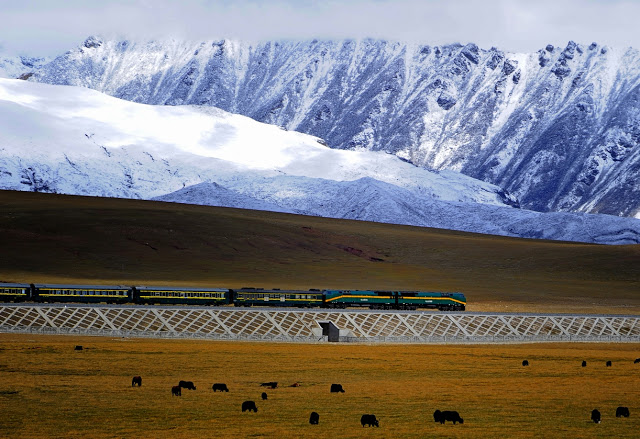 |
| Qinghai-Tibet Railway (credit: Wikipedia) |
If you fly straight into Tibet, the possibility of getting serious altitude sickness is much higher as a result of the sudden change in altitude.
On the contrary, taking the Qinghai-Tibet Railway would lower the risk or at least lessen the extent of altitude sickness. That said, the train does climb to very high altitudes (up to 15000 feet) between Golmud and Lhasa, which is not ideal for acclimatization. To give you a better comparison, Lhasa is only 11975 feet (3650m).
Based on reviews on TripAdvisor, it appears rather common for travellers to suffer from nausea and vomiting on the train.
For the reasons above, it is generally advisable to acclimatise in a lower highland (about 8000 feet) for 1-2 days before heading to Tibet. You can fly into Xining (7464 feet), capital of Qinghai and tour for 1-2 days before continuing your journey to Lhasa by train.
3. Take altitude sickness medication before your trip
Due to time constraints, JW and I couldn’t afford to spend extra time in Xining. We flew to Xining in the day and boarded the train to Lhasa in the evening on the very same day. I think luck was on our side as I only experienced very mild light-headedness while JW had fatigue.
I believe we could have had it worse if not for the medication that we had been taking prior to our trip.
Here are 3 types of altitude sickness medication that you can consider:
i) Hong Jing Tian
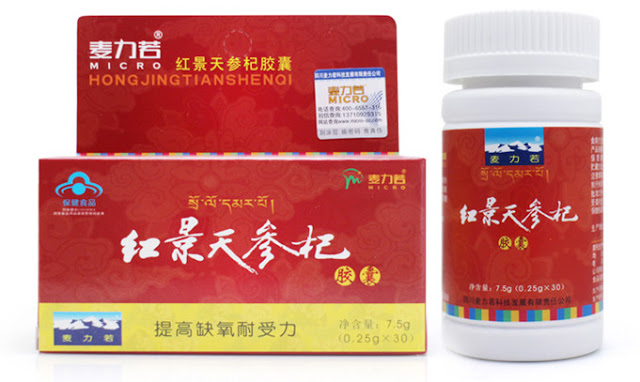 |
| Hong Jing Tian, 红景天 |
This popular Tibetan herb helps your body to adapt to high altitudes. Personally, I would highly recommend this herb for its effectiveness and lack of side effects. We took this continuously 2 weeks before the trip and throughout the entire duration of our trip. During the trip, we experienced very mild symptoms or no symptoms at all.
We bought this in China, but if you are heading over from Singapore, you can purchase this from the Chinese emporium at People’s Park.
ii) Diamox (Acetazolamide)
Diamox is the most commonly prescribed western medication for altitude sickness. If you are based in Singapore, you can only purchase this from pharmacies located in hospitals (I got mine from Guardian pharmacy at Gleneagles Hospital), but before you head down, be sure to first obtain a prescription from your GP.
What I didn’t like about this medication was the side effects. I took Diamox the day before I flew to Xining and I experienced numbness and tingling sensations on my hands, feet and even face, as well as increased urination. I decided to stop Diamox immediately and reverted to Hong Jing Tian, which served me well.
iii) Dexamethasone
I didn’t take this medication at all and I am no doctor, but based on my understanding, this should only be taken when you experience severe altitude sickness such as HACE. For such cases, Dexamethasone and Diamox might even be taken together.
4. Take it slow in Tibet
Walk slowly and have ample rest throughout your trip. The air is much thinner and you might have difficulties breathing, especially when sleeping.
If you can, try to regulate your breathing by slowing it down with longer inhalations and exhalations. I found this particularly helpful whenever my breathing went out of whack.
5. Stay at a better hotel
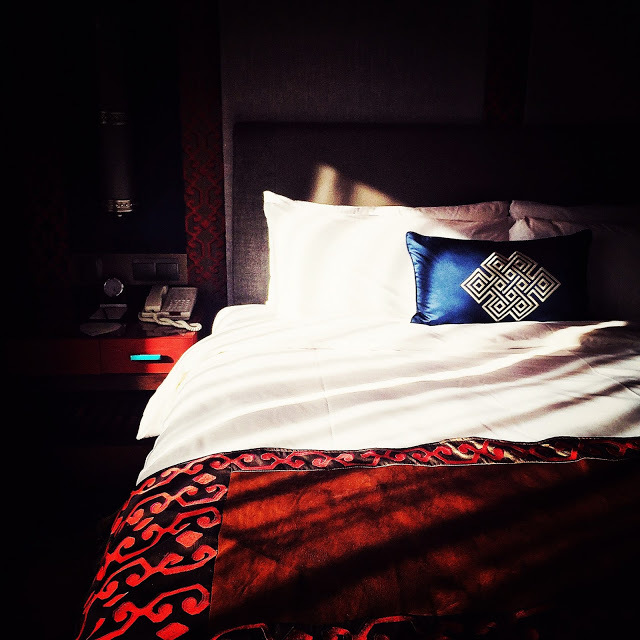 |
| Shangri-La Hotel, Lhasa, Tibet |
Since the majority of travellers experience altitude sickness, it makes sense to put up at a comfortable accommodation with an in-house clinic and oxygen bar. I’m talking about the Shangri-La Hotel, the only hotel in Lhasa currently that has an oxygen bar.
The hotel has an excellent heating system which is perfect for winter travel, amazing beds and sumptuous western buffet breakfast so you can start your day on the right foot.
6. Eat Carbohydrates, Drink Water & Avoid Alcohol
Resting and eating well are of paramount importance when it comes to battling altitude sickness. As a lot of walking is required and more energy is lost due to breathing difficulties, it is advisable to stick to a diet that is made up of 80% carbohydrates. It is also important to drink more water than usual, and to avoid alcohol which only dehydrates your body further.
I followed this routine strictly while I was in Tibet and found that it worked for me.
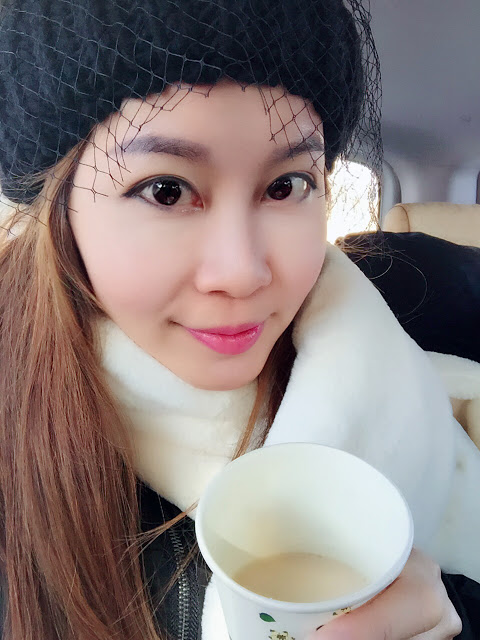 |
| Butter Tea – Made of yak butter, black tea, water and salt |
According to the Tibetans, butter tea (made using yak butter, black tea, water and salt) gives you energy and helps with acclimatisation too. We tried this courtesy of our guide and it really tastes just like liquid butter.
*****
I wish I could tell you that by doing all of the above, you would be completely unaffected by altitude sickness in Tibet.
The truth is, altitude sickness affects each individual differently, and even the fittest person may not be able to escape unscathed. That said, by taking good care of your health and ensuring that you take the necessary preventive measures for acclimatisation as shared above, I believe you’ll be more likely to wing it and make it through!
I hope you found this post useful. If you have any other questions, feel free to contact me.
For first dibs on my Tibet trip and other upcoming adventures, follow me on my social media platforms below:
Instagram
Have a great week ahead!
*****
Read more about my adventures in Tibet below:
Taking the Qinghai-Tibet Railway to Lhasa


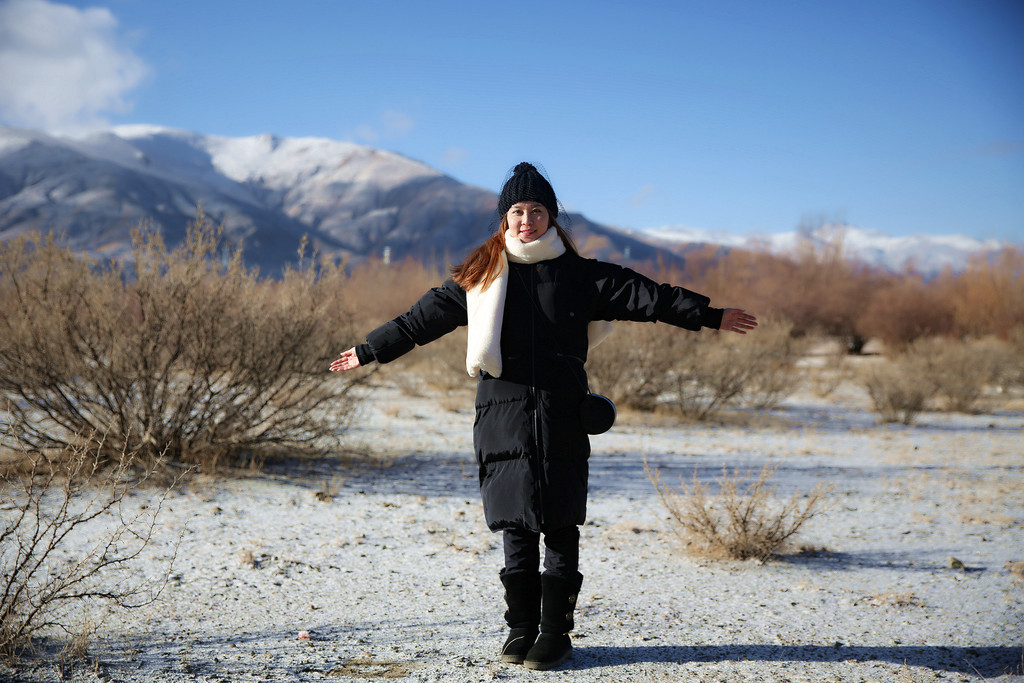
Recent Comments